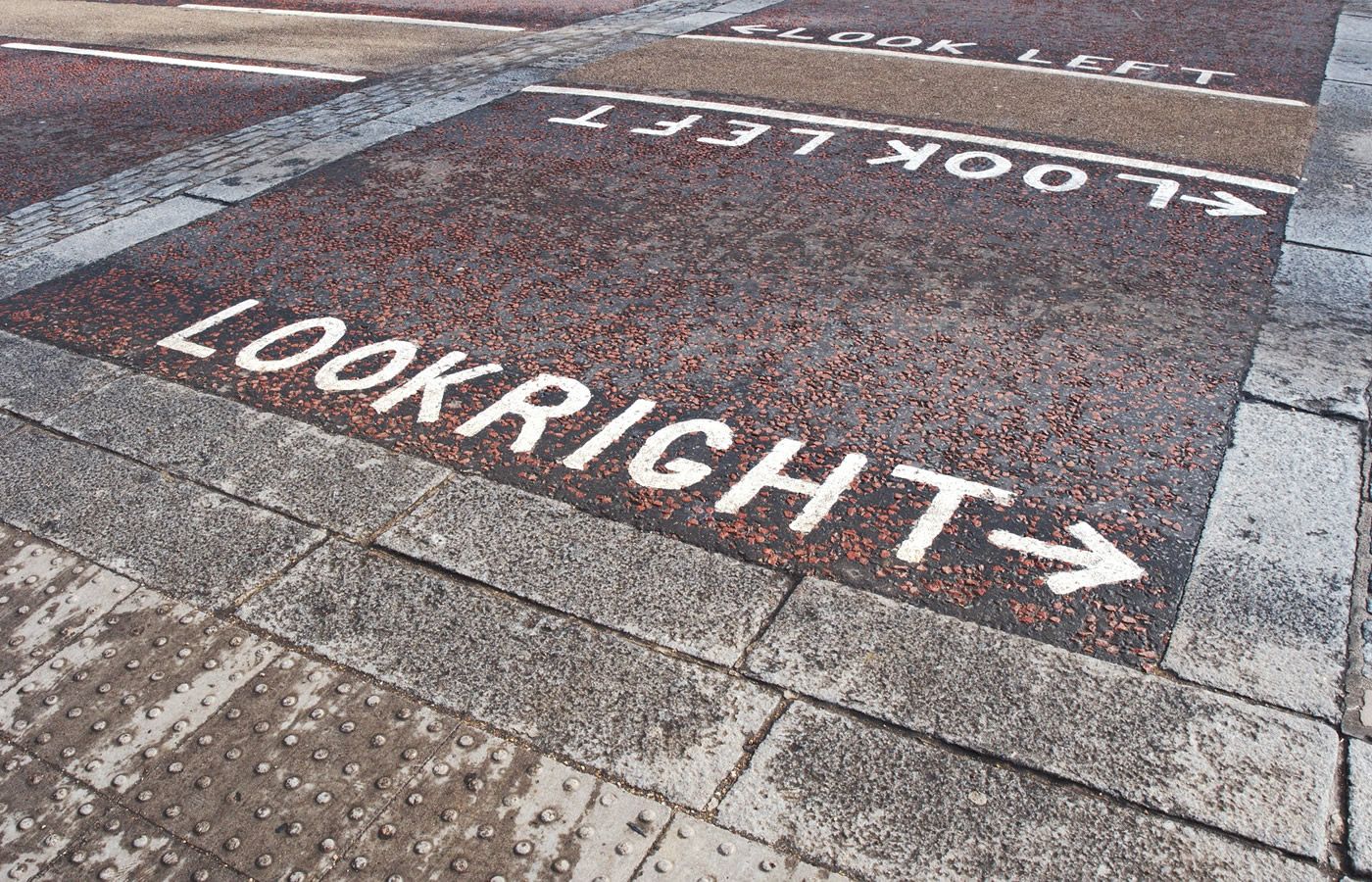You’ve heard of “buyer’s remorse” ‒ that feeling of regret just after you put your money down for something. But whether money is involved in a decision or not, there’s always a price of some kind. Every decision risks something.
Second-guessing decisions is a common practice among leaders. Making life-impacting choices for yourself is hard enough, but when your choices affect others it’s even harder. It’s natural sometimes to feel tempted toward “decider’s remorse.”
The question for the healthy leader is whether to push ahead with a good, well-reasoned choice in the face of uncertainty, conflict or pushback. The longer the results, consequences, or return on investment of a decision are delayed, the more doubt creeps in and the more likely our courage is to falter. That’s when “decider’s remorse” becomes a real problem. That’s when a leader will be tested the most ‒ when he or she is alone with their own doubts and fears.
For healthy leaders, important choices will be made after much consideration and input from others. That’s an important element of healthy leadership. But the final decision, the final responsibility, and the risk of failure rests with the leader. Much of the time, pushing through “decider’s remorse” just comes down to staying the course and seeing things through. To endure Kipling’s “unforgiving minute.” Not that healthy leaders don’t sometimes need to revisit a decision, but the nerve to endure through uncertainty is what separates great leaders from those who lose their nerve.





